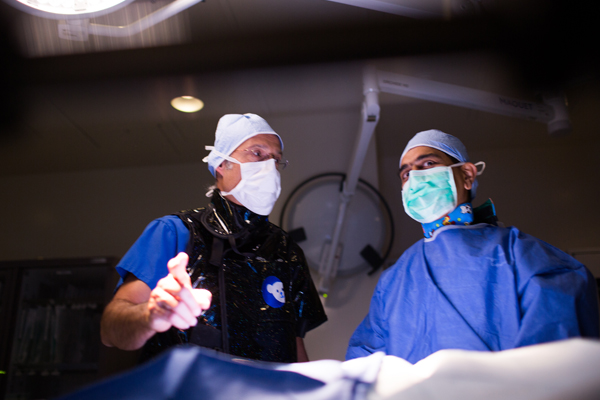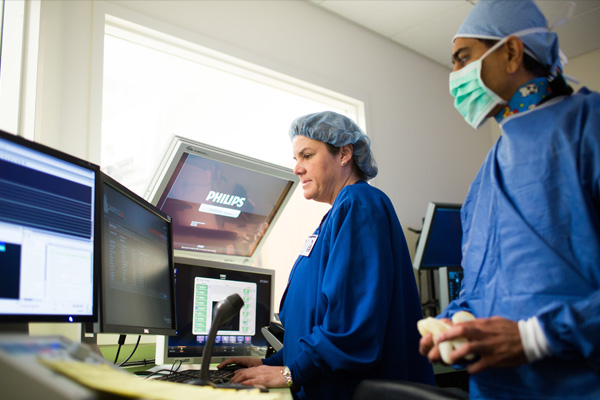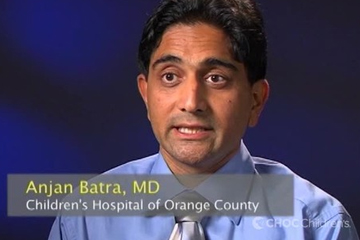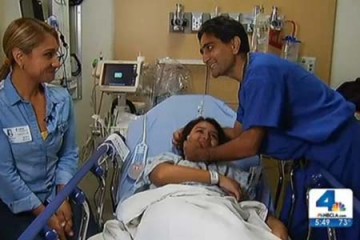Understanding Interventional Cardiac Catheterization
A cardiac interventionalist uses cardiac catheterization, rather than conventional surgery, to treat heart conditions. During a catheterization procedure, a long, thin, flexible tube (catheter) is inserted into a blood vessel (usually in the leg) and guided into the heart, allowing a close look at the structures inside. Cardiac catheterization may be recommended to help diagnose a problem. It can also be used to provide treatment. Cardiac catheterization can be done on children of any age — even newborns immediately after birth.
In children, cardiac catheterization may be used by an interventional cardiologist for the following reasons:
- To obtain diagnostic information, such as pressures and oxygen levels in various parts of the heart.
- To better understand the heart’s anatomy in children with congenital heart problems.
- To take cardiac tissue samples for biopsy.
- To open the atrial septum in congenital heart problems that cause a child to become cyanotic (blue color of the skin, lips and nail beds due to an insufficient supply of oxygen in the blood).
- To place mesh devices that close small holes inside the heart (such as with atrial septal defect or ventricular septal defect).
- To intentionally block blood flow in a blood vessel (such as with patent ductus arteriosus or pulmonary collateral vessels).
- To place wire, mesh devices, called stents, in narrowed arteries to keep them open.
Learn more about interventional cardiology at the CHOC Heart Institute.

















